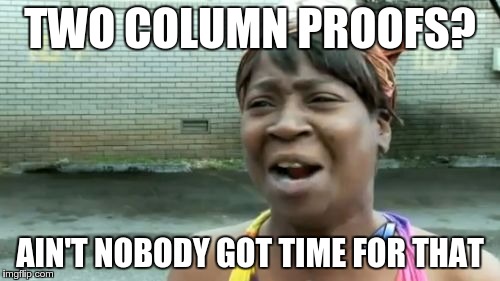Something I have always believed in is the need for every student to get some kind of feedback about their work every day. My worst case scenario would be that students come in to class and work for 45 minutes on an activity or a project and leave, never knowing if they did any of the problems right or if they could have improved their work either in organization, efficiency, etc. Providing students with feedback can be tedious, especially if that feedback is hand written notes from me on homework or an assessment. One hundred and twenty tests take a long time to grade, let alone give personal feedback on. Finding opportunities to easily and authentically build feedback into the day's lesson has become a mission of mine this year. I never, ever want a student to do 20 quadratic formula problems incorrectly before they find out they are all wrong. And now, heaven forbid, they just solidified a misconception 20 times.
One of my favorite strategies to provide feedback quickly is matching answer partner worksheets. For this one, students pair up and choose who will be Partner A and Partner B. For each problem, the partners have the same quadratic function but are each tasked with solving it in a different way. One partner does Quadratic Formula, and the other partner factors. Obviously, they should get the same answer.
I have done this before where each partner has a different problem entirely (like two different multi-step equations) but their answers will be the same. Students cannot move on until their partner is finished and they have agreed upon the answer. This also allows for some awesome peer collaboration to figure out what went wrong and how to fix it to make the answers match.
I told the girls to act like they were agreeing upon the answer. This is what I got. High schoolers crack me up. I am really enjoying this age. While there are still days I miss my middle school students, I definitely feel like the opportunity to come up to the high school has forced me to grow so much!
The thing I love most about activities like this is that in the first five minutes student knew whether or not they were on the right track. As they were working, they were provided with instant feedback about the accuracy of their answer and immediately able to go back and correct mistakes or misconceptions.
For this specific topic, students were also able to compare which partner had the easier solving strategy and as a class we had conversations about when factoring was faster or when the quadratic formula was faster.
Instant feedback. What do you do on a regular basis to ensure that each student gets feedback every day? What other content ideas could you see being used for an activity like this? Do students ever leave your class and have no idea whether or not they actually understood what was going on? How can you fix that?

































